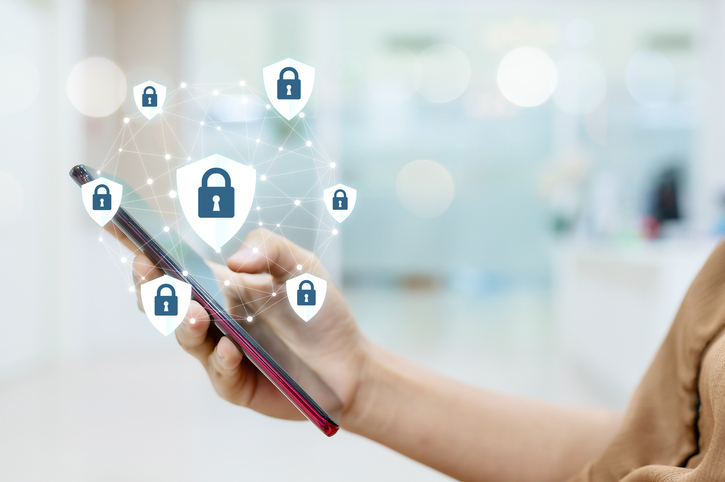![It’s beginning to look a lot like [a BNPL] Christmas.](/blog/image.axd?picture=/images 2022/GettyImages-618432992 (1).jpg)
We’ve talked about BNPL before. Granted, it has been a while, but what we were saying back in...
Read More

Did you know that phishing attacks are responsible for more than 80% of reported security incidents?...
Read More

What’s in it for me? It sounds pretty selfish, doesn’t it? As if you’ll only give...
Read More